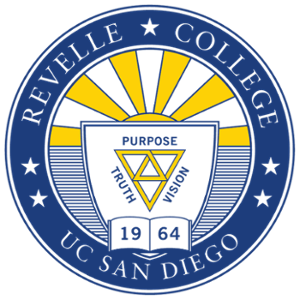Humanities 2. Rome, Christianity, and the Middle Ages
How I think about HUM 2...
HUM 2 is the point at which traditions start to merge—Greco-Roman, Judeo-Christian, Germanic, and Islamic—and absorb ideas from diverse and distant spaces. In HUM 1, we study two distinct cultural spheres. In HUM 2, the world opens up and we begin to see the movement and melding of thought across vast distances. Eastern mystical traditions transform Western religions. Viking trade networks spur the emergence of new cultural centers. The translation of Arabic philosophical texts into Latin revolutionizes European scholarship on astronomy, math, science, and medicine.
Choosing texts that capture some of the key issues of a course that spans 1000 years is both challenging and inspiring. There is so much to consider—the rise of empire and world religions, the impact of feudal institutions and chivalric ideals, the shaping of ethnic categories and construction of cultural boundaries. HUM 2 is my passion not only because I can take the course in so many different directions, but because it brings to light one of the most fundamental questions of humanity: How do we as individuals navigate and make sense of life in an ever-changing world?
Kristina Markman, Associate Director
Winter 2026 Schedule
Please see the Schedule of Classes for a complete listing of days, times, and room locations for each lecture and section. The Schedule of Classes will also include the reading list for each instructor.
A00 Rodriguez
Professor Bretton Rodriguez: Humanities 2 A00
| Section | Teaching Assistant |
|---|---|
| A01 | Alessandro Seide |
| A02 | Alessandro Seide |
| A03 | Alessandro Seide |
| A04 | Alessandro Seide |
| A05 | Ishita Gupta |
| A06 | Ishita Gupta |
| A07 | Justin Brennan |
| A08 | Justin Brennan |
| A09 | Teresa Diaz de Cossio |
| A10 | Teresa Diaz de Cossio |
| A11 | Kellie Miller |
| A12 | Kellie Miller |
What Will I Read?
In HUM 2, we begin to see how the ideas of the Ancient Mediterranean (HUM 1) spread and merged with other traditions, particularly from the north and the east. As HUM 2 explores the development of Western culture from the Roman Empire through the late Middle Ages, a time period that roughly covers fourteen centuries, booklists vary widely. Some commonly taught texts include:
-
- Vergil, Aeneid
- Gospel of Mark
- Rumi, Selected Poetry
- Beowulf
- Dante Aligheri, Divine Comedy
